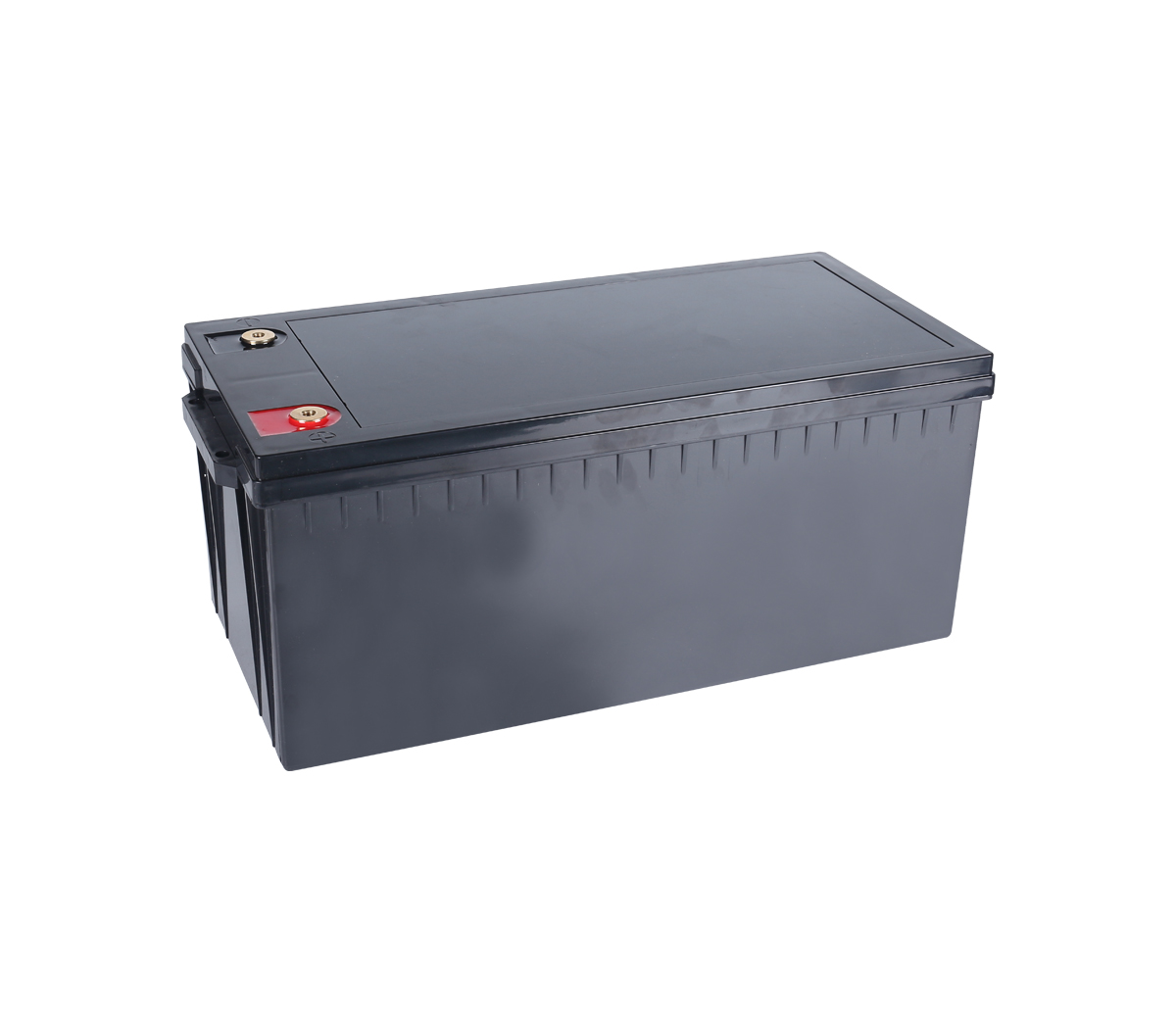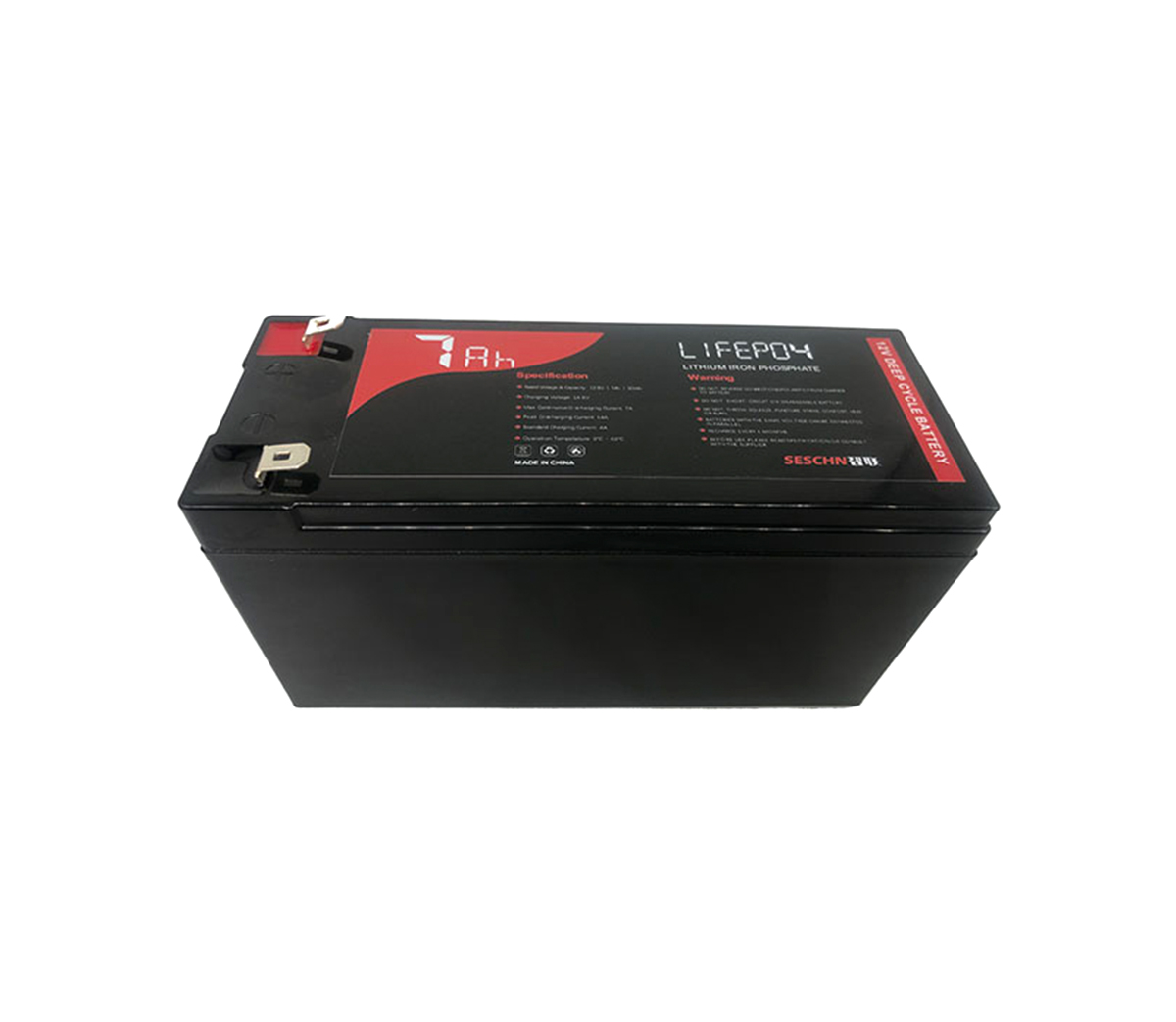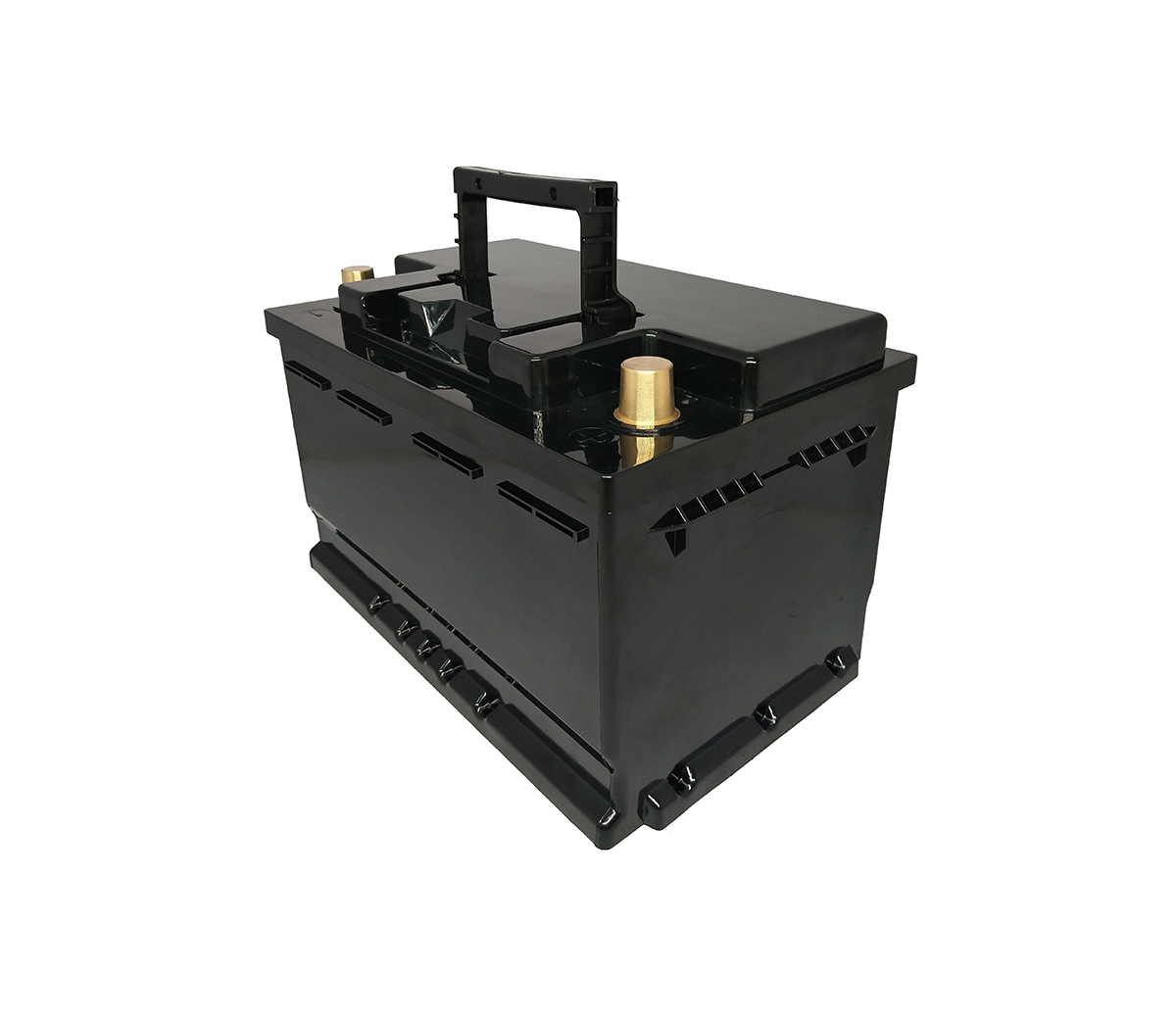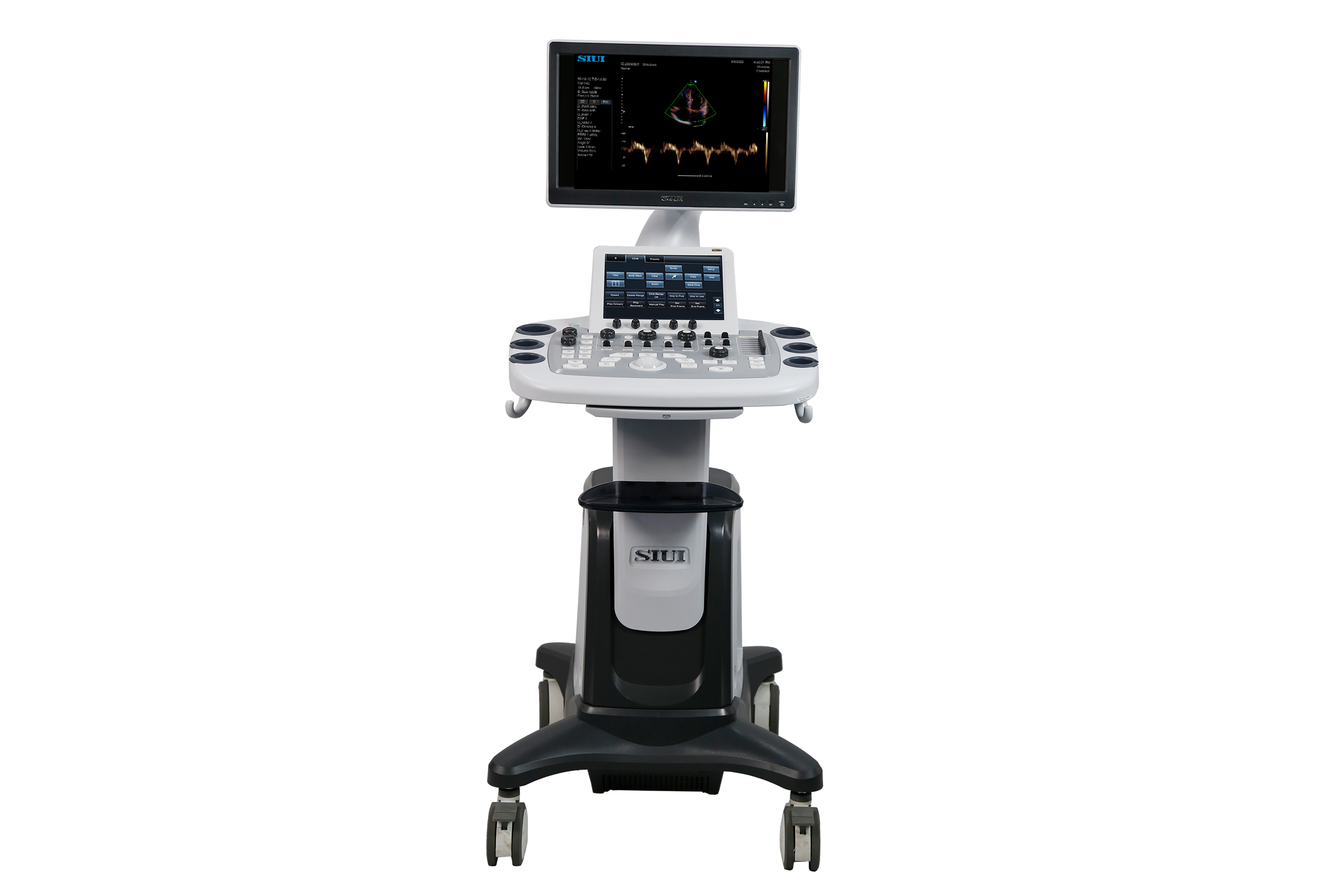
The lithium battery can be charged with high current, but the maximum
charging voltage of a single lithium battery cannot exceed 4.2V. If it exceeds
4.5V, it may cause permanent damage. The discharge voltage of the lithium
battery must not be lower than 2.2V, otherwise it may cause permanent
damage.
homemade lithium battery 3.7v to 9v circuit diagram (1)
A 3.6V lithium battery with very low standby power consumption is converted
into a 9V boost circuit
homemade lithium battery 3.7v to 9v circuit diagram (2)
As shown in the principle circuit diagram of the charging device, the
maximum output current is 20A, and the maximum charging voltage is 80V. It can
be adjusted from 0V, so it can charge various specifications of batteries, and
can also charge the same specifications of battery packs or series battery
packs. For charging, for example, up to 5 12V batteries connected in series can
be charged at the same time. Charging the battery in series can shorten the
connection length, reduce the line loss, and facilitate the connection, so the
work efficiency can be greatly improved.
It can be seen from the figure that the transformer T provides the working
voltage for the double base tube V1. The double base tube V1 and the
corresponding peripheral components form an oscillator, and the oscillation
frequency can be controlled by RP1 and RP2. In this circuit, the values of RP1
and RP2 are quite different, so in actual work, RP2 can play the role of coarse
adjustment, and RP1 can play the role of fine adjustment. This is particularly
important when charging a single battery to avoid damage to the battery. The
oscillation pulse generated by V1 is isolated by VD3 and triggers the thyristor
VS. The size of the charging current and the voltage level depend on the output
pulse of the oscillator, which is determined by the oscillation frequency. R5 is
a sampling resistor, and its size depends on the ammeter. If a sampling resistor
is provided in the ammeter, R5 can be omitted. R6 and C2 are damping elements
used to protect the meter head.
The actual selected component parameters are shown in the figure. If the
output voltage of any type of transformer with a power of 5W and an output
voltage of about 24V is less than 0~80V and the maximum current is less than
20A, the transformer T can be replaced with another one. The base tube can also
be replaced with a thyristor with higher trigger sensitivity. Special attention
should be paid to: the phase line and the neutral line should be connected as
shown in the figure; in actual operation, the battery must be connected before
the power can be connected; after the charging is completed, the power should be
cut off before removing the battery connection. The disadvantage of this machine
is that it has great interference to the power grid. If possible, a high-power
filter can be made to reduce the interference to the power grid.
homemade lithium battery 3.7v to 9v circuit diagram (3)
The picture shows the fast automatic charger circuit of lithium battery.
Lithium batteries can be charged with high current, but the maximum charging
voltage of a single-cell lithium battery cannot exceed 4.2V. If it exceeds 4.5V,
it may cause permanent damage. The discharge voltage of the lithium battery must
not be lower than 2.2V, otherwise it may cause permanent damage. This circuit
uses the LM3420-8.4 dedicated lithium battery charging controller. When the
battery voltage is lower than 8.4V, there is no output current at the LM3420
output pin (OUT), and the transistor Q2 is cut off. Therefore, the adjustable
voltage regulator LM317 outputs a constant current, and its current value
depends on the value of RL.
The rated current of LM317 is 1.5A. If you need a larger charging current,
you can choose LM338 or LM350. During the charging process, the battery voltage
will continue to rise. The battery voltage is detected by the input pin ④ (IN)
of the LM3420. When the battery voltage rises to 8.4V (two lithium batteries),
the output pin ① of the LM3420 has an output voltage, so that Q2 controls the
LM317 to switch to the constant voltage charging process. The battery voltage It
stabilized at 8.4V, after which the charging current began to decrease. After
the lithium battery was fully charged, the charging current dropped to trickle
charge.
When the input voltage is interrupted, the transistor Q1 is turned off and
the battery pack is disconnected from the LM3420. The function of the diode D1
can prevent the battery from discharging through the LM317.



































